8 Essential Tips for Novice Triathletes
The below article presents 8 essential tips for the novice triathlete embarking on his or her first triathlon, as seen through the eyes of the Team Walrus Club secretary and chief guru for the newly initiated.
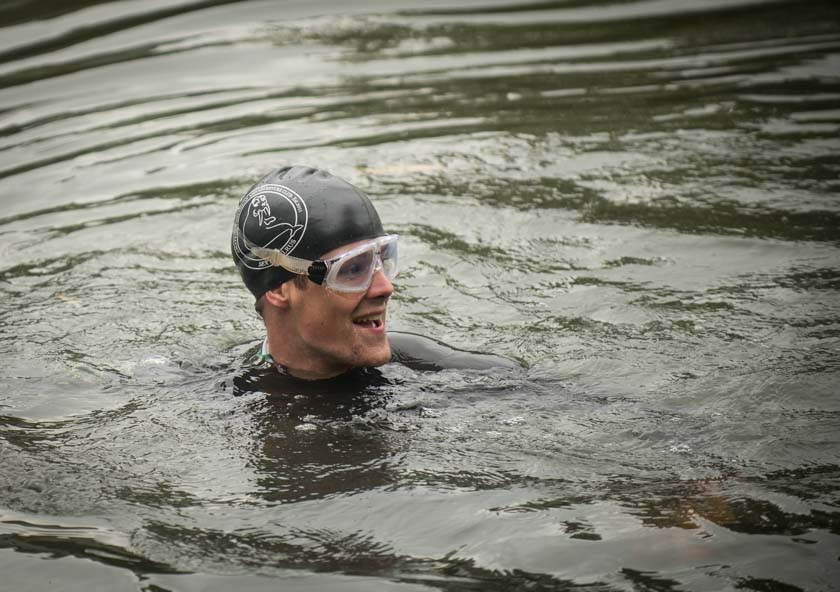
1. If you’re racing in open water, train in open water.
New triathletes, particularly weaker swimmers, are often prone to open water panic attacks, also known as ‘open water freakouts’. See our more detailed article on how to deal with these. As discussed in the article, the key is to know what to expect and to familiarise yourself with the murky environment of open water swimming. So try not to let your first experience of swimming in open water be on race day – the lack of experience combined with the added nerves of the race could well lead to a freakout!
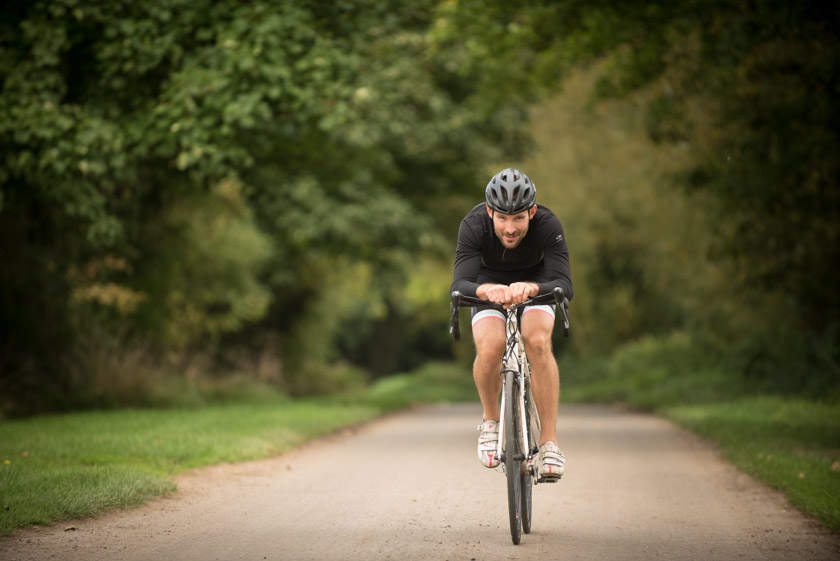
2. Plenty of Grease.
Grease the gooch to avoid chaffing during the bike, the armpits and neck to avoid chaffing during the swim, and the wrists and ankles to help you get your wetsuit off in transition. The golden rule is that ‘you can’t over-grease’, so if in doubt, add more. Vaseline will do though more expensive specialist options are also available. If desperate, use an energy gel.
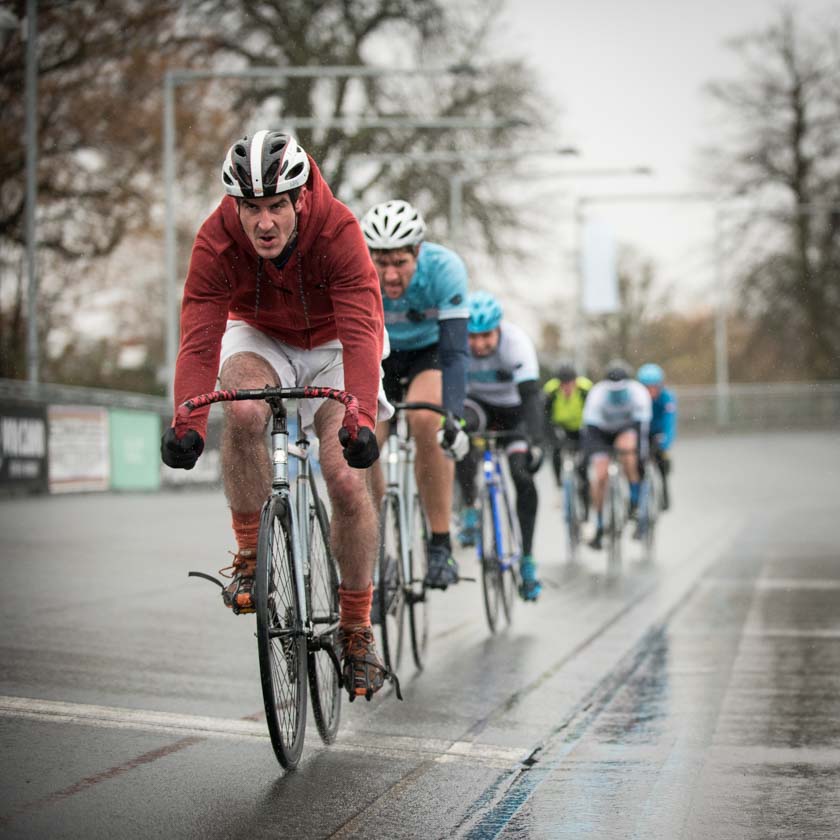
3. Make sure your wheel are attached, and that you've got two of them
Crucial. If you’ve put your bike in a car and have dismantled it to do so, make sure they are firmly reattached – including the brakes –before setting off.
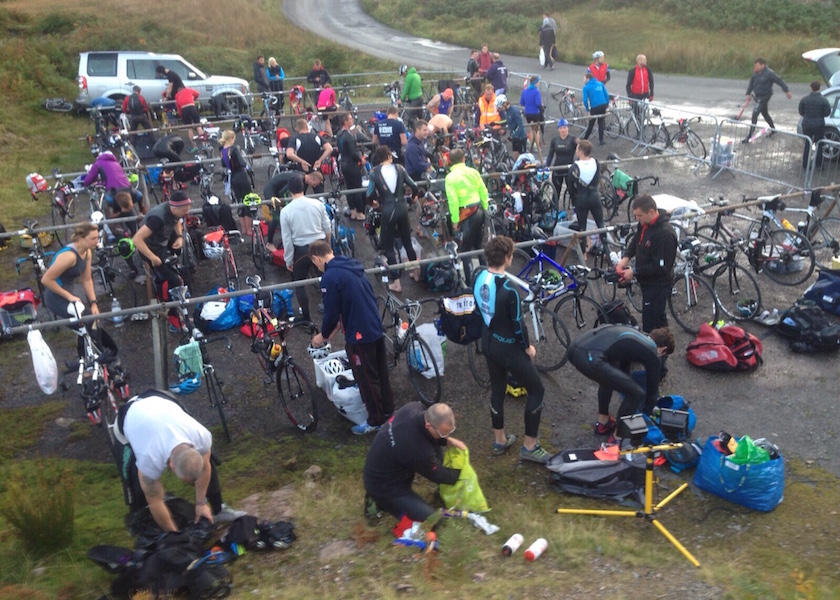
4. Know where your spot is in transition.
There’s nothing worse than running around transition, greased to the gills (see point 2 above) and wetsuit trailing around your ankles, desperately searching for your gear. Indeed, in some instances, members of Team Walrus have been known to give up trying to find their spot and have set off on the run without trainers – this sort of madness is to be avoided at all costs. Usually you have a slot number to memorise, but you could also think about putting a bright item of kit in a prominent location.
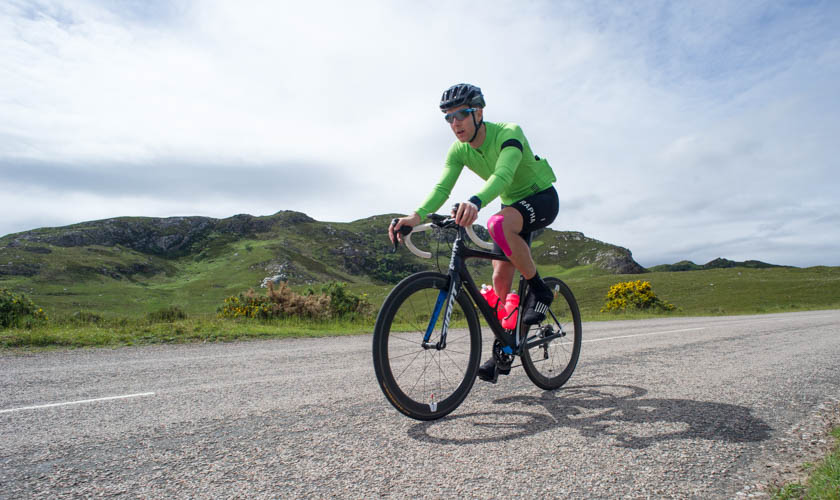
5. Always have a gel ready for emergencies
Also crucial. As a novice untried and untested in battle, you never know when your limbs will fail you - also known as 'the bonk'. So make sure to have a gel close to hand at all times during the bike and run.
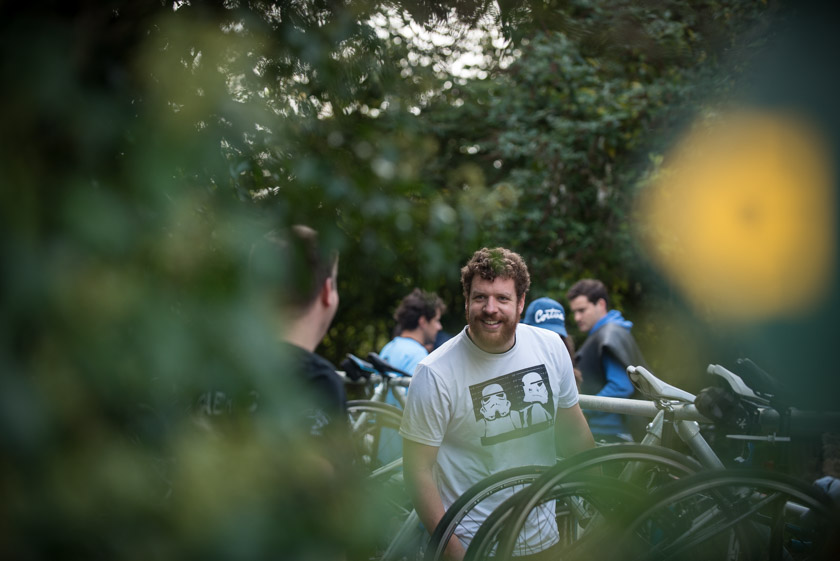
6. Keep your wits about you in transition
Transition is a hive of activity, and malicious deeds and false advice spread between athletes faster than you can say ‘has anyone seen my handlebars?’ Seasoned veterans have been known to identify novices and single them out for some real old-fashioned bullying.
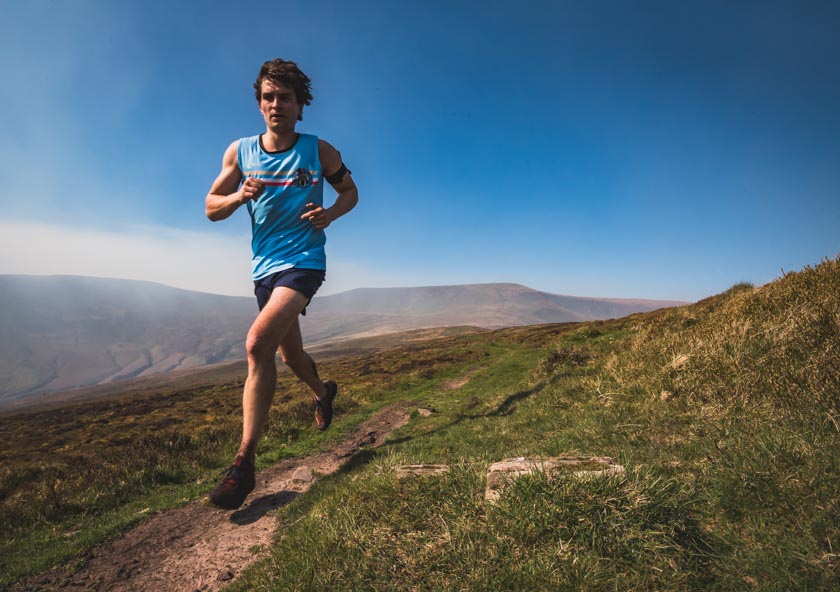
7. Maintain an Ordered Transition Area
There’s nothing like the delirium one feels when entering transition following the swim, and if you’re not careful before you know it your gear is all over the place and you’re covered in gels. Before you start, set your transition area up in good orderly fashion. If you don’t have a specialist tri box or bag, a large, flat-bottomed supermarket bag will do very nicely. Get your essential items in there laid out in the order you’ll need them.
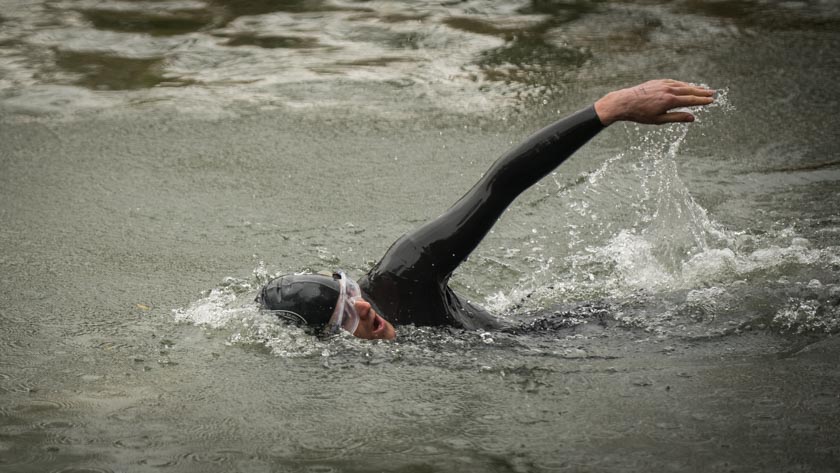
8. Find yourself space at the start of the swim
The crowded area at the start of a race is often known as ‘the washing machine’ due to the whirlpool created by flailing limbs. If you’re not the strongest of swimmers and have never competed before you probably want to avoid this – find yourself some space towards the back. Also gives you a higher chance of being rescued in the eventuality of a freakout
